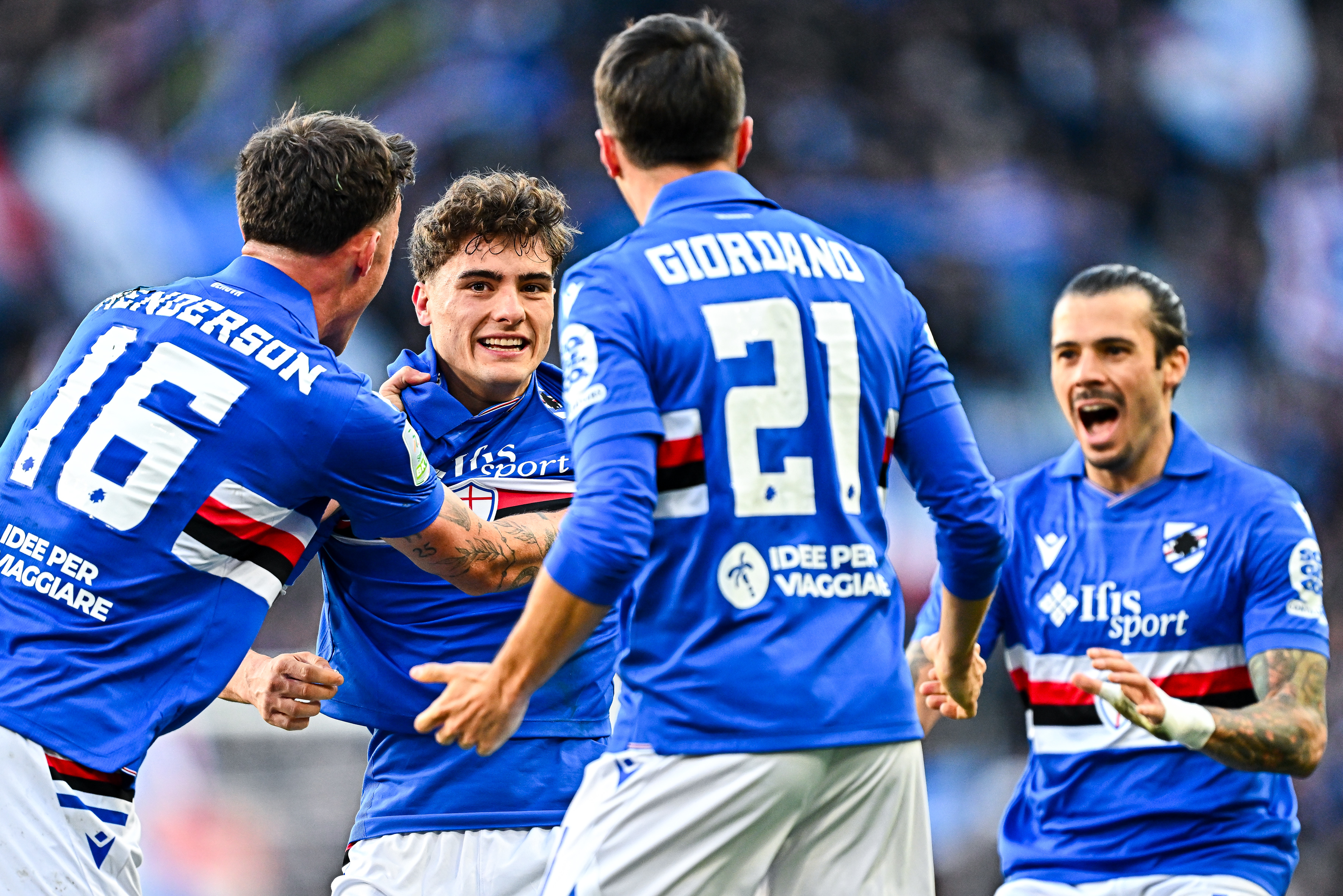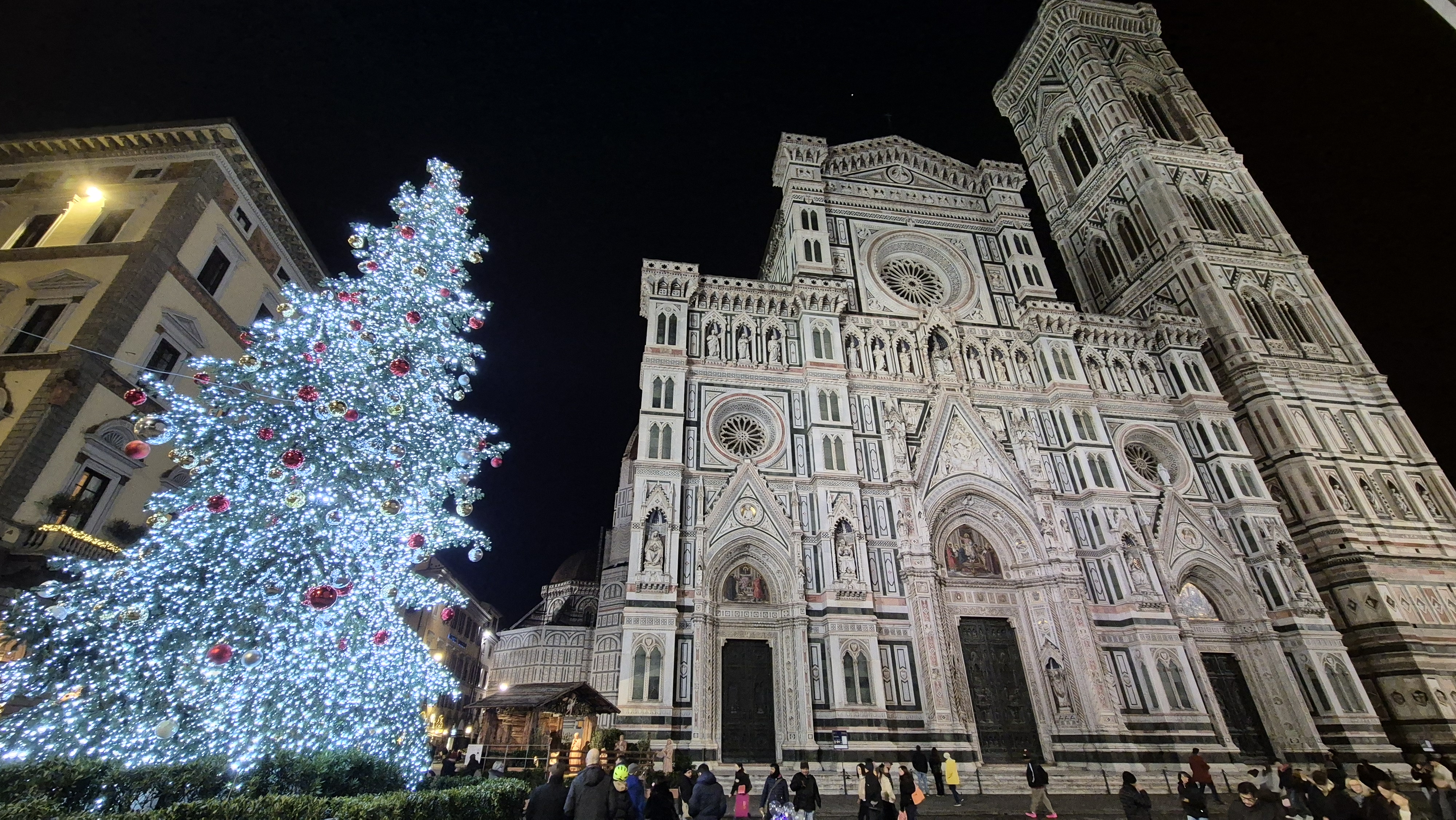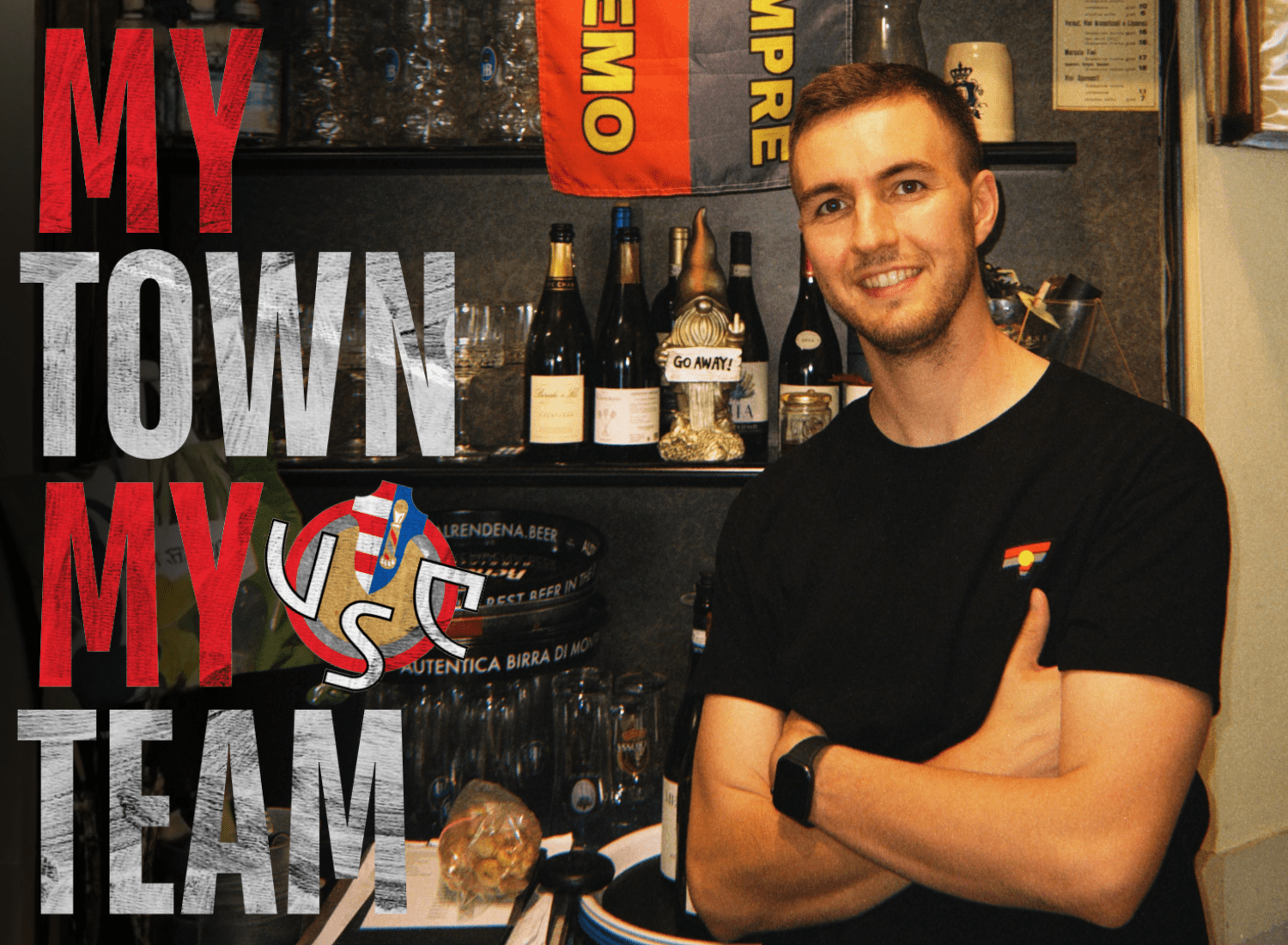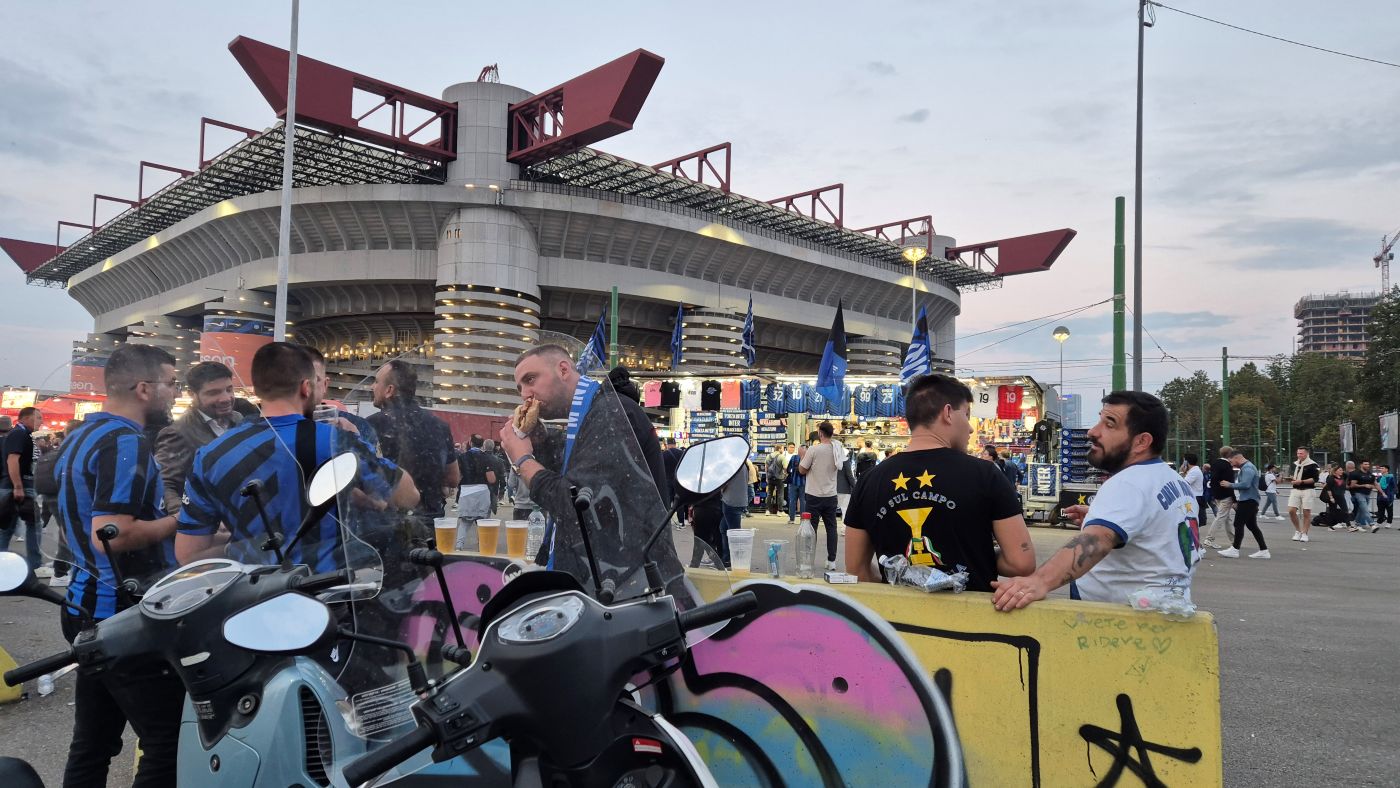
Glory Days and 100 Years of Memories… but What Next for San Siro?
By Dan Cancian
There is a telling scene in Tre Uomini e Una Gamba, the first movie of Italian comic trio Aldo, Giovanni e Giacomo.
The three are driving from Milan to southern Italy when the first chords of Roberto Vecchioni’s ballad Luci a San Siro – The Lights at San Siro – come through the radio cassette player – this being 1997, Spotify was still a long way away.
“The lights at San Siro on that night,” sings Vecchioni, his voice tinged with a sense of longing.
“What’s so strange? We were all there.”
Behind the wheel Giovanni initially hums along, before becoming increasingly emotional.
“I can’t handle this,” he says, his eyes getting misty. “Too many memories. I just can’t.”
The scene feels relevant as the San Siro may soon be a thing of the past, at least we know it. On Monday, Milan’s city council approved the sale of the stadium and the surrounding areas to AC Milan and Inter by a majority of 24 to 20, after over 200 amendments were tabled to a 159-page resolution authorities put forward last week.
Both clubs now have until November 10 to finalise the sale or San Siro will return to public ownership as a listed building. Were the sale to go ahead as planned, the existing San Siro will be 90% demolished in stages between 2031 and 2032, with the exception of the southeast corner, which includes one tower, part of the second tier, and the Curva Sud.
Work on a new arena, meanwhile, will begin in the first half of 2027 with the stadium set to open in 2031, pending a barrage of legal appeals that are already being drafted.
“AC Milan and FC Internazionale are pleased with the City Council’s approval of the sale of the San Siro and its surrounding area: a historic and decisive step for the future of the Clubs and the City,” a statement from AC Milan read.
“Awaiting the official confirmation of the Council’s decision by the City Government, the clubs look ahead with confidence and responsibility to the next steps of the process that will lead to the creation of a new stadium meeting the highest international standards – a world-class facility destined to become a new architectural icon for Milan and a symbol of the passion of football fans around the world.
Inter president and CEO Beppe Marotta struck a similar note: “San Siro must be respected, it has been the stage for incredible emotions and represents the history of both clubs,” he said.
“But we have to look forward. It is an outdated structure in constant need of maintenance. Wembley was torn down and rebuilt, and here, too, there is a strong need to do the same.”
Ironically, Luci a San Siro was never about the stadium.
The lights Vecchioni, a fanatical Inter fan like Aldo, Giovanni and Giacomo, sings of are those of the cars of young couples who would drive to a little hill in the San Siro neighbourhood for some privacy.
From there, the meaning expanded to include the stadium and Inter.
Such is Vecchioni’s attachment to Inter that when Milan signed Ronaldinho in 2008, he wrote to La Gazzetta dello Sport to distance himself from their “Luce a San Siro” headline.
The newspaper printed his letter on the front page.
But the song, with its nostalgia and the bittersweet weight of the past, feels poignantly relevant now.
The debate over San Siro’s future has long been framed as a collision between the unstoppable force of modern football and the immovable object that are the romantic prisoners of the past.

Those in favour of demolishing the ground, which include both clubs, argue the Giuseppe Meazza – as it was renamed in 1980 to honour the two-time World Cup winner, who played for both Milanese sides – is an outdated relic.
History cannot bridge the chasm in matchday revenue with the cream of the crop in the Premier League, nor with Barcelona and Real Madrid.
Tradition alone isn’t enough to entice the wealthy to spend eye-watering sums on corporate hospitality.
And what of the memories? Well, they simply do not register on the Deloitte Football Money league.
As Marotta and Serie A president Ezio Maria Simonelli have pointed out, sentimentality did not stand in the way of the FA demolishing Wembley.
Significantly, neither have ever mentioned the fact the cost of rebuilding Wembley came in at almost £450million over budget and that the home of English football is often criticised.
Finance dictates stadiums being razed to the ground in the name of progress, feelings be damned.
There is, of course, a degree of truth to all of the above.
Last year, San Siro was stripped of the hosting rights for the 2027 Champions League final after failing to meet 11 of the 22 requirements set by European football’s governing body for hosting a UEFA competition.
In its current state, the Meazza will not be selected as one of Italy’s five host cities for Euro 2032 when the FIGC – the Italian FA – must present its list of venues to UEFA by July 31, next year.
These must be facilities with a project that is approved, funded, and ready for construction by March 2027.
Neither deadline appears remotely possible for Milan.
“It’s painful to say, but it is now an inadequate stadium,” Simonelli told La Repubblica last week. “As for Euro 2032, the stadium is currently not equipped to host matches. Leaving Italy’s highest-spending city without the Euros would be an absolute embarrassment.”
The uncertainty over San Siro’s future has by now spanned almost an entire generation. The stadium was deemed to have no “cultural interest” by the Italian heritage authority in 2020, before a drastic U-turn saw it classified as a listed building.
That meant the stadium could not be demolished while under control of the city council, but the goalposts have shifted after the Meazza was sold to the clubs.
Inter and Milan have long made clear their preference is to build a new ground in the current parking lot. Failing that, they have threatened to pack up and move.
Milan have already acquired land in San Donato, a district on the southern outskirts of the city, to build a new ground. Inter’s plans have been more vague.
Both clubs have since signed an agreement with the architectural firms Foster + Partners and MANICA, which will be responsible for designing the new San Siro
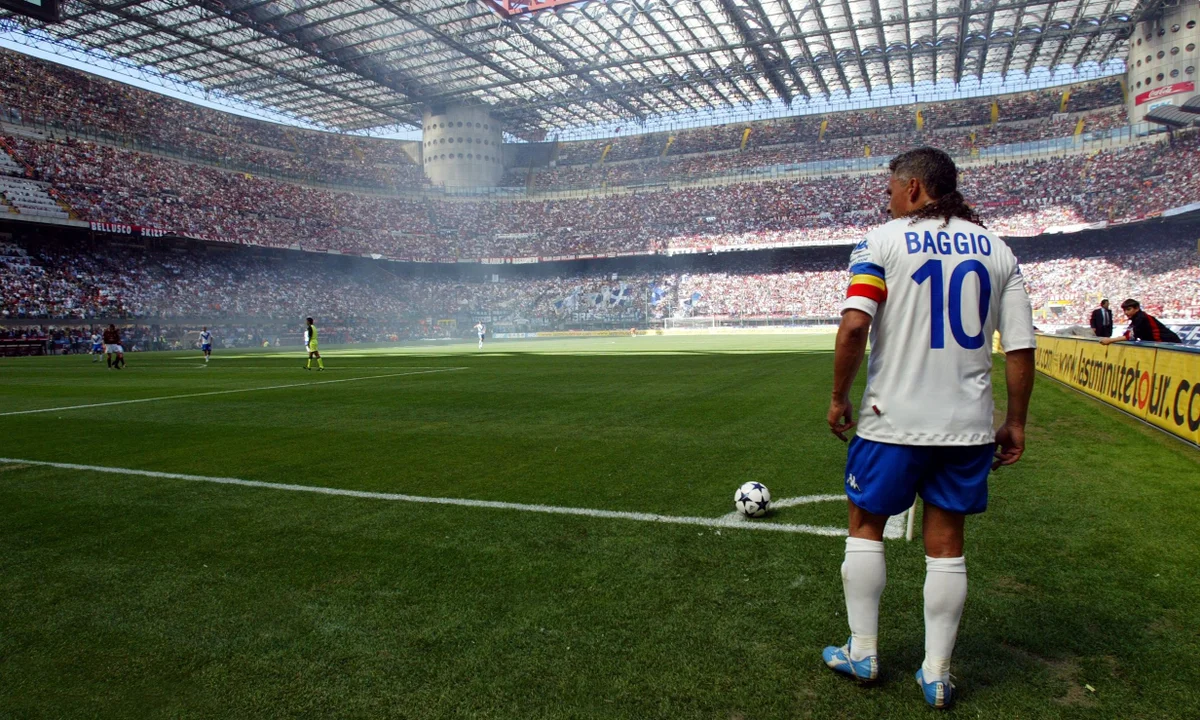
The new venue, which is part of an urban regeneration project covering approximately 281,000 square meters and focused on innovation and sustainability, will have a capacity of 71,500 seats, a reduction from the current 85,000.
Milan and Inter have long maintained that renovating the ground as Real Madrid and Barcelona have done, is not a viable prospect.
As Simonelli noted, it was never considered an option even when the late Silvio Berlusconi was AC Milan president and Italy’s Prime Minister.
“The stadium simply cannot be renovated. It wasn’t even possible when the owner of one of the two clubs was leading the government,” he said.
“And besides, how can you safely overhaul a facility that hosts 70,000 people every three days while keeping it safe for both workers and the public?”
The San Siro does admittedly look dated, as for that matter does every other ground in Italy, bar the Allianz Stadium in Turin, the New Balance Arena in Bergamo and the Dacia Arena in Udine.
The Meazza looks every bit of its 100 years and it wears them proudly. The colours on some of the seats across each of the four stands have faded because of the sun, the railings are rusty in places and the toilets are not for the faint-hearted.
The lift to the press box makes one of Milan’s metro trains at peak hour feel spacious, while the megastore is plonked out of sight on the ground floor, almost an afterthought at the entrance to one of the world’s great arenas.
It is an incongruous concept. This, after all, is Milan. One of the leading lights in the world of fashion, all glitzy shop windows and ateliers.
Save for broadcasting rights, stadiums are the biggest generator of revenue in the modern game.
According to a report from Deloitte, Serie A clubs generated just €440m matchday revenue in 2023-24, less than half of what the Premier League earned.
It is why Tottenham and Everton bid goodbye to White Hart Lane and Goodison Park and while West Ham left their identity behind at Upton Park in favour of the London Stadium.
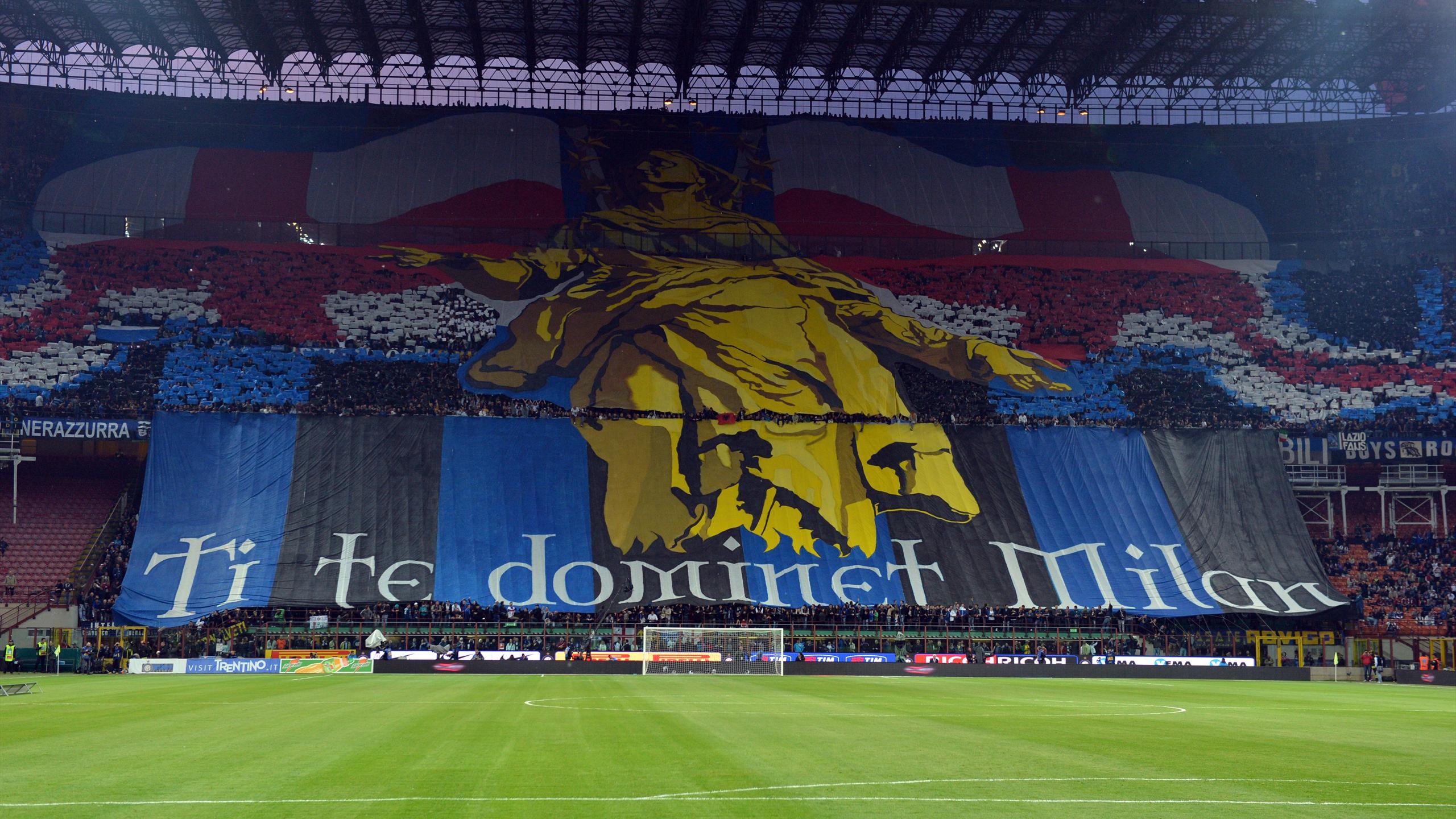
It’s why, if Sir Jim Ratcliffe were to have his way, Manchester United would follow suit and leave Old Trafford behind.
“If we want to live on memories, we will stay where we are,” Paolo Maldini warned two years ago. “San Siro is not the same stadium of 80 years ago.
“We are competing against the lower teams of the Premier League for transfers.”
The most-capped player in the history of Milan and a former club executive, Maldini is better placed than most to discuss the stadium’s future.
And yet, for all of its anachronism, San Siro remains a sight with few equals in the world.
The first thing you notice as you come out of the metro station are the iconic turrets topped by the red girders.
Stare at them for long enough and you can’t help being transported to Italia 90, the rainbow of colours of the opening ceremony and Cameroon upsetting defending champions Argentina.
Walk across the car park where street vendors sell sandwiches filled with the kind of sauce that will stain both your clothes and your insides and you begin to appreciate the sheer size of the San Siro.
The stadium simultaneously manages to look like a futuristic spaceship on the verge of taking off and like a giant sporting monolith. A football Stonehenge.
Make your way up the iconic spirals and San Siro can still feel surprisingly slick and fashionable, living up to its La Scala del Calcio fame.
By the time the green rectangle of grass comes into sight, it is impossible to avoid the feeling of being inside one of the great sporting cathedrals.
History is everywhere at San Siro. Much as is the case at Lord’s, the MCG, Lambeau Field and the old Yankee Stadium.
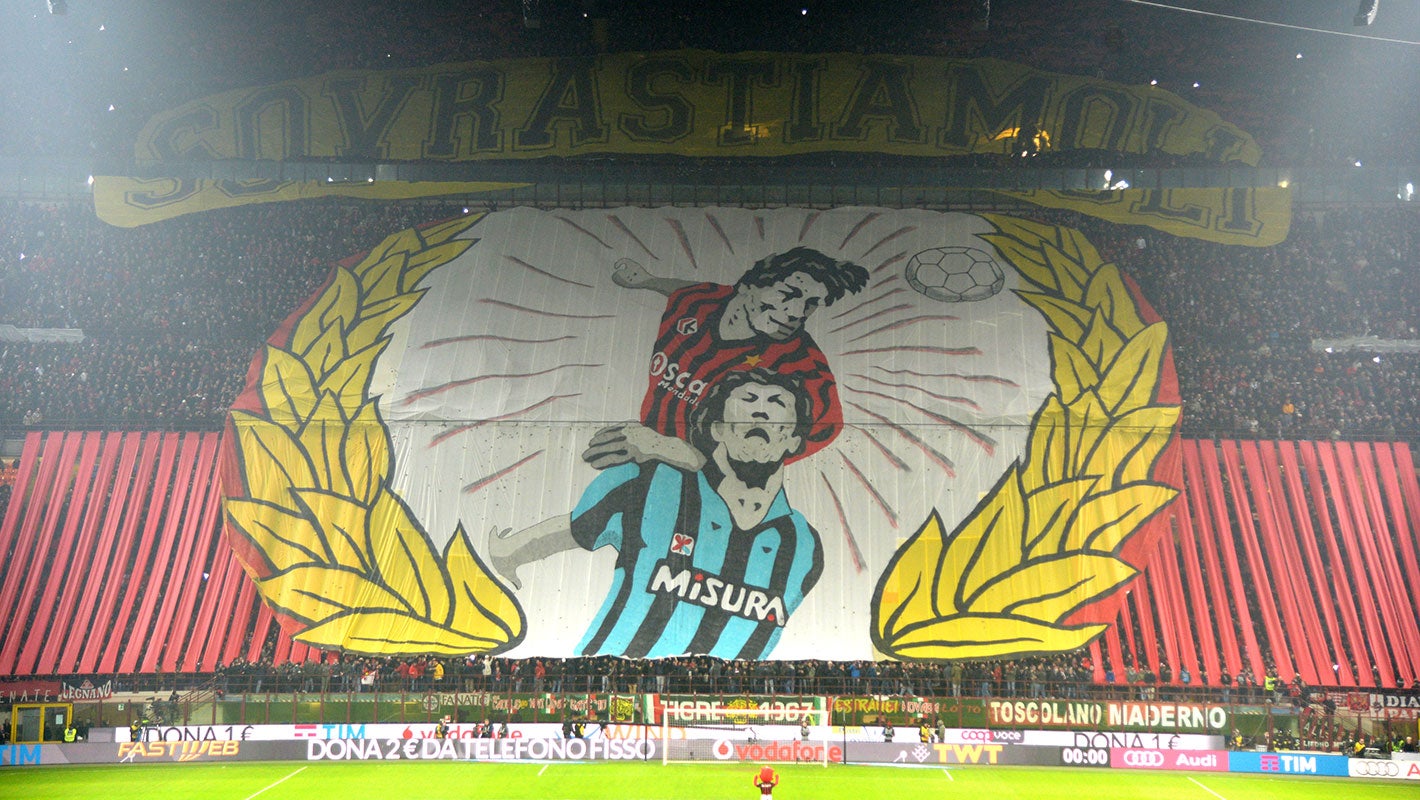
Here, to borrow an Oasis line, one really does feel as if they were standing on the shoulder of giants.
Visiting the San Siro, whether in a personal or professional capacity, is one of life’s great privileges.
One of this writer’s favourite memories is the Champions League quarter-final between Manchester United and Milan in February 2010.
This was United’s third meeting with the Rossoneri in five years and a fourth visit to the San Siro in the same period and looked set to be a miserable experience as Ronaldinho put the hosts in front three minutes into the game.
Had the San Siro had a roof, it would have come clean off.
As a reminder of your own insignificance, there is nothing quite as powerful as being in an away end while 70,000 fans celebrate wildly around you.
The away end at the San Siro used to be in the first tier and would switch ends depending on who between Milan and Inter played at home. Regardless of the opposition, it made for an interesting experience.
Interesting insofar as visiting supporters were almost directly in the firing line of locals, who were all too eager to direct objects and liquids – not all of whom could be purchased inside the ground – towards the away end.
The visiting fans have since been relocated to the third tier, a safer if somewhat more detached viewing experience.
On a bitterly cold February night, Paul Scholes’ equaliser quietened the locals and by the time Wayne Rooney completed his brace in the second half, the well-lubricated travelling support was in full voice.
“The San Siro is never full, the San Siro is never full,” came the refrain. “Unless they play Man United, the San Siro is never full.”
But full it was that night and full it has been on countless other occasions, each of them memorable in its own right.
The 1990 World Cup is perhaps the most obvious, a tournament that transformed football.
The game’s greatest showpiece event hosted in the country home to the best league in the world at the time, football had never looked so good and so glamorous.
How fitting, then, that it all kicked off in Milan, the capital of fashion.
And, yes, the kits donned by Cameroon and Argentina in the opening fixture deserved their own place on the catwalk.
As for that matter, did the spectacular numbers the Netherlands and West Germany wore in a tempestuous last-16 affair.
Italia 90 marked the second time in a decade that San Siro staged a major international tournament, having hosted three games of the European Championship in 1980.
By the beginning of Italia 90, it looked vastly different courtesy of a major redevelopment. The most striking differences were the 11 enormous cylindrical towers and the unmistakable red roof, which were added between 1987 and 1990.
A third tier was built in the process, save for the stadium’s east side. As a result, the gap between the roof and the second tier still offers breathtaking views over the city on a clear day.
The brainchild of then-Milan president Piero Pirelli, San Siro was built in 13 months between August 1925 and September 1926.
A self-confessed fan of English football, Pirelli wanted a stadium built in the style of the English grounds, designed purely for football and without an athletics track.
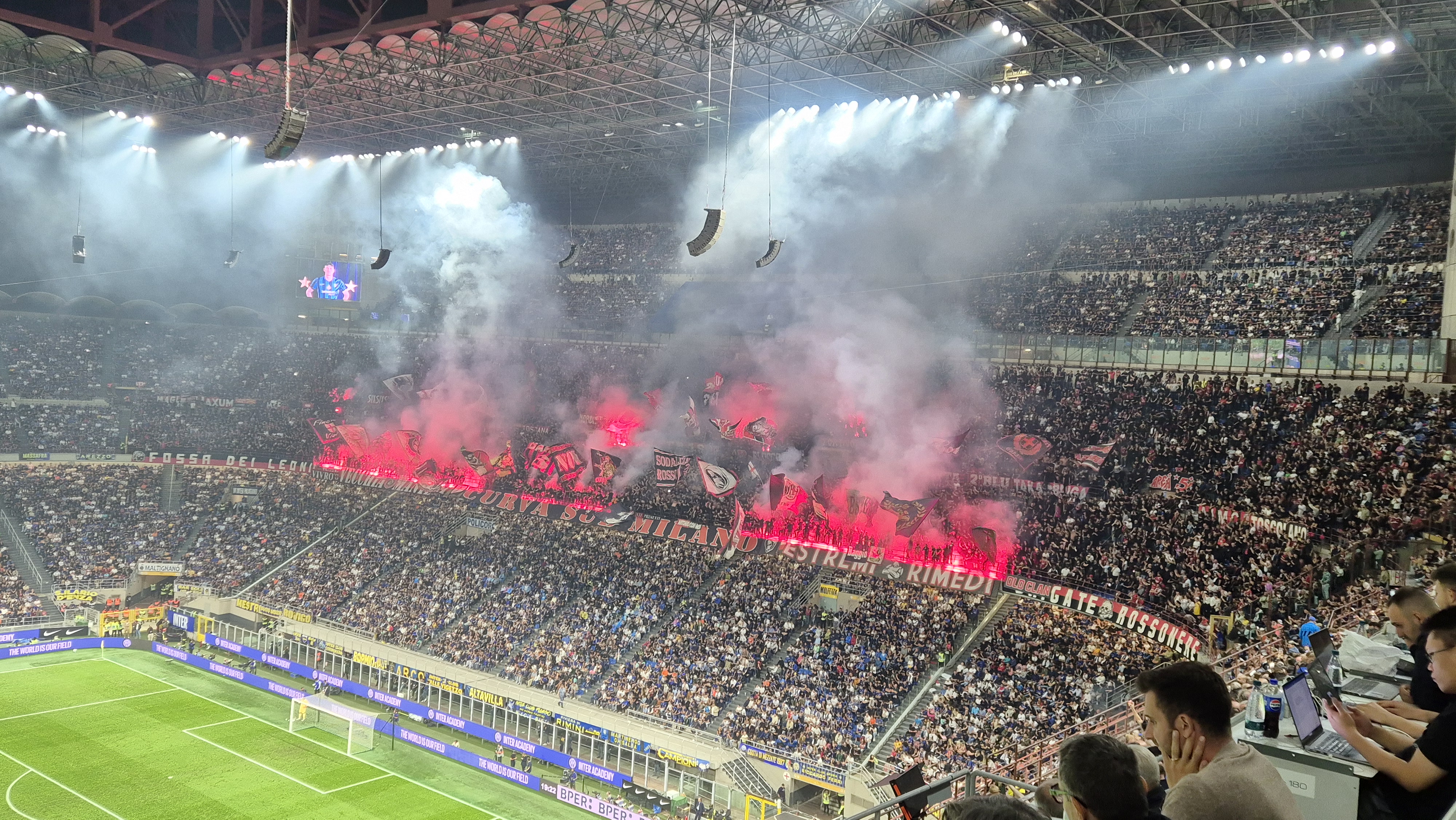
When it opened, San Siro was composed of four separate stands, square to the pitch and made out of reinforced concrete, one of which was partially covered by a roof.
A standing section level to the pitch took its capacity to 35,000, but the stadium still served the needs of the nearby racetracks with makeshift stables, barns and fodder storage rooms all housed under the stands.
Football became San Siro’s only raison d’etre when it was purchased by the city council after the 1934 World Cup, with capacity increased to 55,000 after the construction of four connecting curves between the stands.
The renovations for Italia 90 brought the overall capacity to 85,700, with a new colour scheme marking the four sectors the stadium is divided in – red and orange for down the sides, green and blue behind the goals.
If Milan was the capital of fashion in 1990, three decades earlier it was the capital of football as Milan and Inter shared two European Cups each between 1963 and 1969.
The Milanese derby played out on the continental stage, as Nereo Rocco and Helenio Herrera reshaped the game.
Milan has always prided itself on being a modern city and San Siro has served as the stage to showcase such ambition on the pitch.
From Rocco and Herrera to Arrigo Sacchi and Giovanni Trapattoni, from Fabio Capello and Jose Mourinho to Carlo Ancelotti, San Siro has been at the centre of football’s evolution, a process bankrolled by the Moratti and Berlusconi empires – themselves football visionaries in their own right.
Inevitably, though, it was the players who played the lead roles at La Scala del Calcio.
From Gianni Rivera’s peerless vision to Mario Corso’s trademark free-kicks, from Milan’s Dutch triumvirate of Marco van Basten, Ruud Gullit and Frank Rijkaard to Inter’s German trio of Lothar Matthaus, Andreas Brehme and Jurgen Klinsmann.
The original Ronaldo and Christian Vieri, Andriy Shevchenko and Kaka, Giuseppe Bergomi and Javier Zanetti, Franco Baresi and Paolo Maldini.
Black and blue, red and black. A chromatic contrast brought to life by the two curvas through some extraordinary tifos ahead of the Derby della Madonnina.
“We achieve your dreams,” proclaimed a banner in Milan’s Curva Sud underneath a mosaic of the Champions League after the Rossoneri lifted European football’s greatest prize in 2003.
Two years later, the Curva Nord hit back with a tifo depicting Liverpool goalkeeper Jerzy Dudek with a clown’s nose accompanied by the message: “They thought they had it won.”
Above the portrait of Dudek, three separate mosaics spelt out 3-1, 3-2, 3-3, a nod to Milan’s collapse against Liverpool in the Champions League final in Istanbul.
Inter’s unprecedented Triplete under Mourinho was depicted as Milan’s nightmare by the Curva Nord in November 2010, but by May 2012 with the Nerazzurri’s dominance over it was time for Il Diavolo to use binoculars to check their rivals’ whereabouts.
“Seeing you [competing for trophies] in May is a mirage once again,” laughed the Curva Sud.
The same year delivered arguably Inter’s most scenographic choreography, a mosaic of the Gold Madonna that stands atop the Duomo on a black and blue backdrop captioned “Ti te dominet Milan”, Milanese dialect for “You dominate Milan.”
Milan took the high ground four years later, the Curva Sud’s tifo depicting Mark Hateley heading in the winner over Fulvio Collovati in a derby in 1984.
“Sovrastiamoli,” Italian for “Let’s dominate them” was the succinct message.
“It was magnificent,” Hateley said. “I was covering the derby for BeIn Sport, and I was talking when the tifo appeared. The entire working studio instantly stopped and turned to look in my direction.”
And what of the matches? Milan trouncing the mighty Real Madrid 5-0 in Sacchi’s apotheosis, Inter ambushing Barcelona en route to win the Triplete, Ronaldo chipping Sebastiano Rossi in his first Milan derby, George Weah running the length of the pitch to score against Verona.
And again, Francesco Totti scoring one of the greatest goals of his career against Inter in 2005, Juventus thrashing Milan 6-1 in 1997 and Gabriel Batisuta rifling in howitzers against both Milanese clubs.

The stage of two European Cup finals and two Champions League finals, San Siro has also managed to be majestic even without a ball being kicked.
Think of that photo of Roberto Baggio readying to take a corner in the final match of his career, or of that photo Manuel Rui Costa and Marco Materazzi standing shoulder to shoulder during the second leg of the 2005 Champions League quarter-final, against a backdrop of flares and smoke.
And yet it would be reductive to think of San Siro as merely a football ground, for it also served as an iconic backdrop for some of music’s greatest artists.
Bob Marley kicked off the Meazza’s musical history in 1980, before Bob Dylan, David Bowie, the Rolling Stones, Coldplay, U2, Muse, Ed Sheeran and Taylor Swift followed over the next four decades. Oasis could be next in line with the band rumoured to be continuing their comeback with a European tour in 2026 and San Siro touted as a potential venue.
But no artist has made the place their own as much as Bruce Springsteen, who performed seven times at the stadium – the most of any international artist to date.
The Boss’ love affair with the venue began in 1985, at the peak of the Born in the USA hype and long before the red girders were in place.
“I thought the show was sold out,” he famously remarked after spotting a section of empty seats.
“It is, those are for the fans who will break in,” came the reply from the promoter. And break in, they duly did.
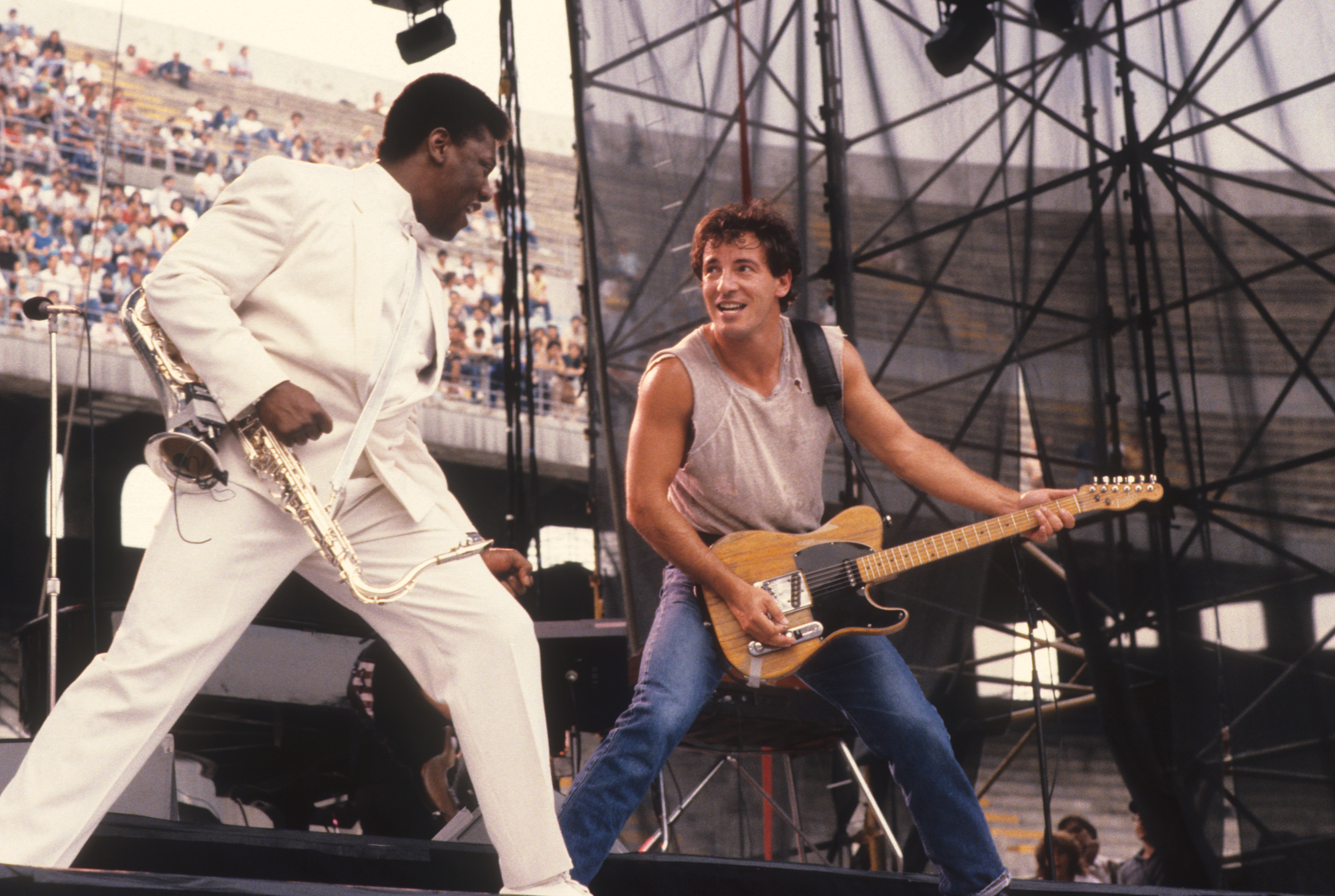
An 18-year wait for a return to San Siro ended in 2003, when not even a downpour of biblical proportions could tamper the enthusiasm of a delirious crowd.
Those who were lucky to be there that night, such as this writer, will never forget it.
There is something magical about Springsteen at San Siro, to the point where his dates in Milan have become the most sought-after ticket among his European fans.
Springsteen has leant into his Italian heritage and in 2013, as he took to the stage, a mosaic spelling “Our Love is Real” – a nod to the lyrics in Born To Run – in the colour of the Italian flag appeared across the second and third tier, leaving him and the E-Street Band speechless.
“Since I was a kid, I’ve played quite a few places […] but this one is special,” he told the crowd at the end of the show. “You are special. I keep you in my heart every time.”
Two years earlier, Springsteen had written Wrecking Ball for his last ever show at Giants Stadium. In the song the arena itself, which would be demolished within six months, was the narrator.
Poignantly, the stadium envisages its future when “all this steel and these stories, they drift away to rust” and “all our little victories and glories have turned into parking lots.”
Those words will soon apply to Milan’s grandest arena. The lights at San Siro will at last be turned off and all there will be left will be memories.
Related Articles
Related Articles
The Serie B season reaches halfway when the action returns after the winter break, with more live matches to look forward to on DCTV.
Florence is a dream destination year-round, but visiting during the winter months offers a completely different and magical experience.
We get a local take on what's hot in Cremona - where to eat and drink, sights to see and handy hints that might not be in the tourist guides.


